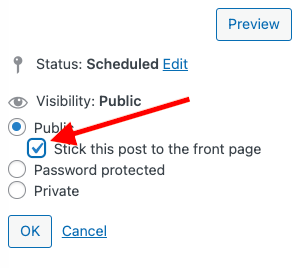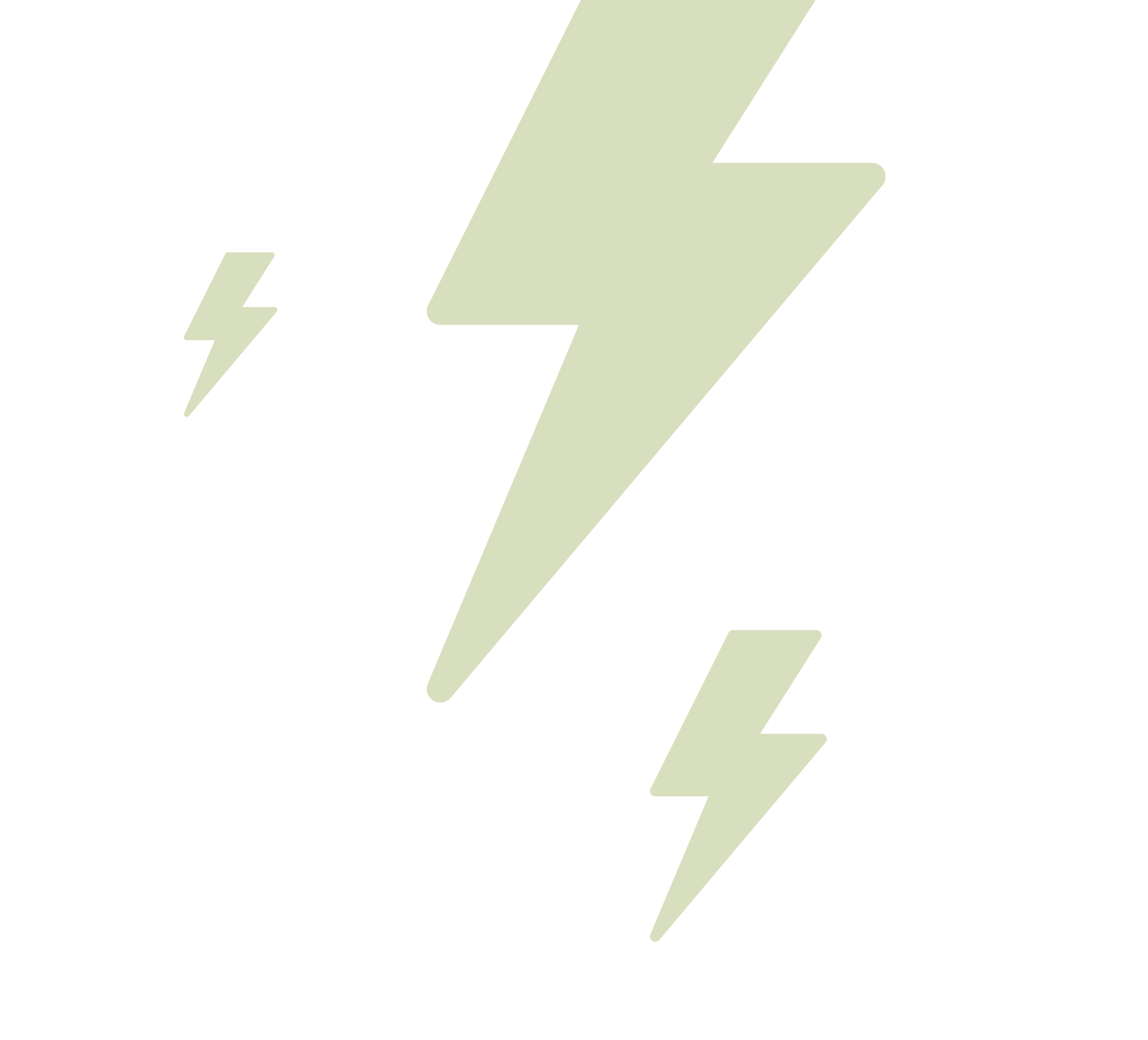Table of Contents
As a general rule, you don’t want things to be sticky. Carpets. Walls. Kids’ faces. Stickiness isn’t a desired quality in the majority of items, unless it’s glue… or blogs! Sticky blogs are optimum. The stickier the better. But how can you achieve the desired adhesiveness? Well, structure has a lot to do with it. Here’s why blog structure is important!
* Note: There’s also a slightly more literal interpretation of a sticky blog post, which is when you ask WordPress to ‘stick’ your blog to the front page, so that it’s the first post that any visitor sees. Just hit this button (and unclick when you want it to be removed from the top):

This ensures maximum visibility on your blog’s feed; however, it only works for one post at a time and doesn’t guarantee any stickiness when visitors actually click through and start reading. We want to make all of your posts as sticky as a toffee pudding. Spoons at the ready? Let’s dig in!
How To Structure A Blog
When we say ‘stickiness’, we mean having a first-time reader ‘stick’ to your blog or site. They can’t leave. They’re caught in your oh-so-witty, informative yet relatable web, and they cannot break free for love nor cryptocurrency. That’s the effect you should strive for with every single thing you post.
Structure can help you achieve this. The perfect blog structure is easy to define; it’s simply one that keeps your readers reading. Every new sentence they start is a win for you. In terms of Search Engine Optimisation, the longer you keep them on your site, the better.
What Is The Best Structure For A Blog?
Whatever you’re writing about, and whatever way you write about it, all blog posts have four central elements that you need to keep in mind.
1: The Title
This is your main hook. It has to be good. Make it short, simple, snappy and enticing. Make a promise to your readers in a single sentence (just make sure you fulfil it later on!).

How do I keep readers on my blog? Lather it up in glue and make sure it sticks!
2: The Introduction
Here’s where you set up your post and reel your readers in with a little more information. Don’t dawdle here – just lay out the basics and get them intrigued. With a bit of luck and a bit more skill, your introduction should segue nicely into….
3: The Main Body
The main body of a blog is going to be different for everyone, as it’s dependent on the content on which you’re focusing. However, try to keep it logical, even and full of white space. You’re looking for that unmistakable sense of flow that good writing emits.
Use subheadings for each new topic to break up your writing. A picture or two helps to keep things visual and engaging. Everyone loves an image – and they can seriously up your sticky factor… especially if it’s a picture of a stick! Ha ha! (No, don’t do that.)
4: The Conclusion
Finish strong and assertive. Don’t forget one of the most important parts of the whole blog: the call to action. Don’t let them leave without taking action! It might be as simple as reading the next blog, or as significant as clicking through to a purchase page. Whatever it is, CTAs are the punchline of your blog. Hit ’em hard.
Hopefully this little rundown gives you a pretty good idea of the best blog structure to keep your readers sticking to you like industrial-grade adhesive. And if YOU get stuck… Well, we’re always here to help, pry bar in hand!





